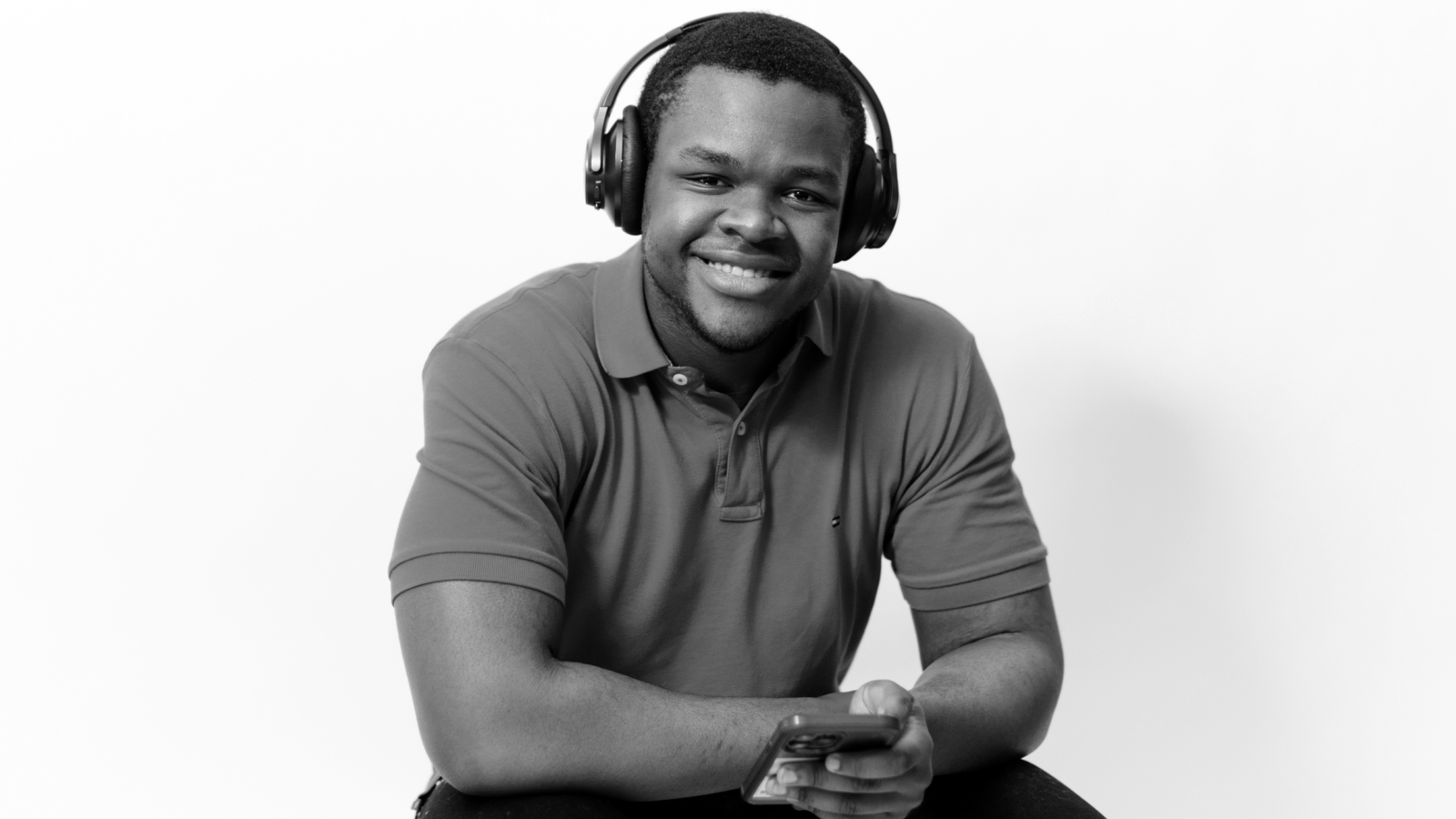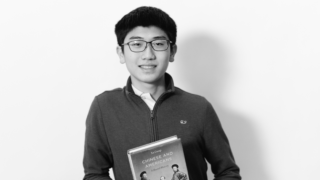The Scholar: Jordan Attys
The Project: Emotional Analysis with AI
The Essential Question: “Basically what I did for my project was, I used AI to detect the motions off of human faces in order to recommend music to a user. I was interested in AI in general, and I decided to be specific with this because I did research on it and I found it interesting and I wanted to do something with it. I decided to do emotional detection with music, because I felt that it would be convenient to have an app that would read your emotions and give you music based off of what you were feeling.”
Surprising Discovery: “I realized how the applications you can use emotional analysis, because you could use it for therapeutics with the music thing–that was just one small project you could do, which a lot of people would find really cool. But you could also use it for security, detecting threats in crowds, and therapy. It could recommend music to help improve your mood, and developing testing products and seeing how people react to products the first time they open it–things like that. It’s very broad.”
Biggest Challenge: “The hardest part was the coding–reading the emotions part, because it’s really complicated to get all the models and just teach an AI to read a face in general.”
Tip for Future Scholars: “You don’t have to go so specific immediately, just find something that you are generally interested in and do research in it, and you’ll eventually come up with something you want to do.”
What was the reaction when you tested it on the first person–what was their reaction and what did you take away from seeing someone have a reaction to a thing you coded? “The first person, they were laughing, because they didn’t know what to expect. To see the music that they like, off of emotions, and trying to see them make facial reactions to control it–it was gratifying to see something that I made work, for one, and then seeing people have positive reactions to it was very satisfying.”


